Week 2: The Evolution of Shock Absorbers: A Historical Journey
Shock absorbers have undergone remarkable transformations since their inception. Today, we take smooth rides for granted, but achieving this comfort required decades of innovation and evolution. This article outlines the key milestones in shock absorber development, illustrating how these essential components evolved from simple mechanisms to advanced technologies shaping modern vehicles.
The Early Days of Suspension Systems
Initially, automobiles relied primarily on basic spring setups:
-
Leaf Springs: Used extensively in early vehicles, providing basic suspension but limited damping.
-
Friction-based Dampers: Utilized friction between spring leaves or metal discs to reduce bounce but often led to harsh rides.
The First Significant Breakthroughs (1900-1920)
During this era, engineers introduced dampers that offered improved control:
-
Friction Disc Dampers: Introduced around 1900, they used stacked discs (often metal and leather) compressed to create friction, reducing vehicle bounce.
-
Hartford and Truffault Designs: Early scissor-action dampers by Truffault became widely licensed, significantly enhancing ride quality.
Introduction of Hydraulic Dampers (1920s–1940s)
The 1920s marked a turning point with hydraulic dampers:
-
Houdaille Vane Dampers: Featured rotating vanes in fluid chambers, offering smoother performance compared to friction types.
-
Double-acting Hydraulic Dampers: Appeared in the 1920s, capable of damping both upward (compression) and downward (rebound) suspension movements.
Post-War Innovations (1940s–1960s)
After World War II, automotive advancements accelerated significantly:
-
Telescopic Dampers: Became standard due to their compact design, improved durability, and greater efficiency.
-
Gas-Pressurized Dampers (1950s): Introduced by Gabriel and Bilstein, these dampers used nitrogen gas under pressure to reduce foaming, enhancing consistent damping performance.
Performance and Comfort Enhancements (1970s–1980s)
This era saw increased sophistication in damper technology:
-
Adjustable Dampers: Allowing manual adjustments to suit driving conditions, especially popular in racing and performance vehicles.
-
Electronic Control Introduction: Basic electronically controlled systems began appearing, laying groundwork for more advanced adaptive suspension technologies.
Modern Era: Smart and Adaptive Technologies (1990s–Present)
Today's dampers offer unprecedented comfort, safety, and performance:
-
Magnetorheological (MR) Dampers: Utilize fluids that change viscosity instantly when subjected to magnetic fields, providing real-time damping adjustments.
-
Adaptive Electronic Suspensions: Automatically adapt damping characteristics based on road conditions and driving style, significantly enhancing vehicle handling and comfort.
-
Air Suspension Systems: Incorporate air springs integrated with dampers, offering adjustable ride heights and customizable comfort levels.
Notable Advances in Recent Decades
Key innovations shaping today's dampers include:
-
Ride Height Control Systems: Allow vehicles to maintain consistent height irrespective of load, common in luxury and commercial vehicles.
-
Position-Sensitive Dampers: Vary damping rates based on the suspension's position, improving ride quality and handling.
-
Sustainability and Efficiency: Modern dampers increasingly use lightweight materials and optimized designs to enhance fuel efficiency and reduce environmental impact.
Why Historical Knowledge Matters for Enthusiasts
Understanding shock absorber history helps enthusiasts appreciate the advanced technology within their vehicles today. Recognizing how these innovations emerged offers insight into maintenance, customization opportunities, and an appreciation of the careful engineering behind the smooth, safe, and enjoyable rides we experience daily.
Stay tuned for next week's article, where we'll explore the intricacies of damper configurations and how they impact your vehicle's handling and ride comfort.










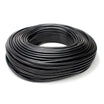
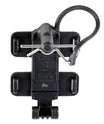

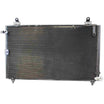

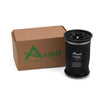




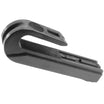







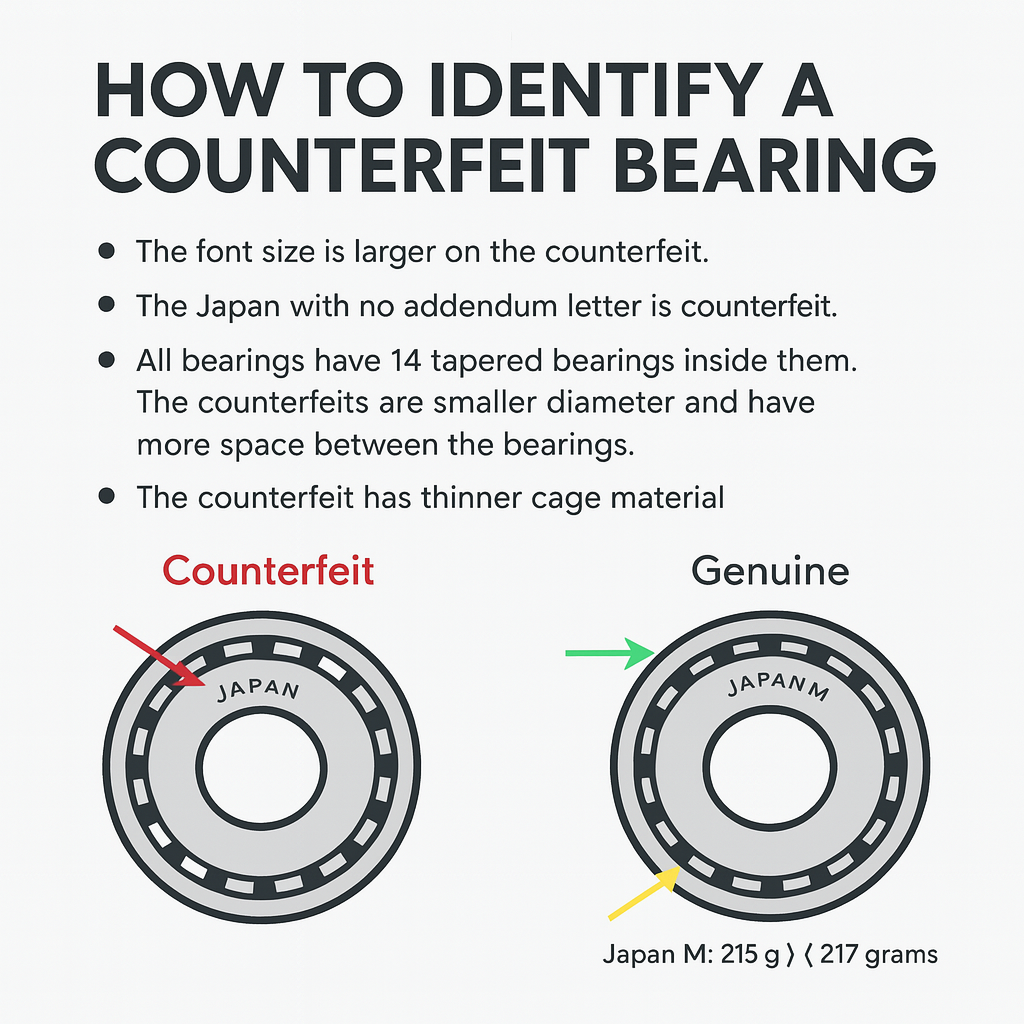
Leave a comment
All comments are moderated before being published.
This site is protected by hCaptcha and the hCaptcha Privacy Policy and Terms of Service apply.